Data mapping
Whatever your organization and your industry, data is essential. But how do you enable all your employees to find and access the right information/data in business applications that are still largely siloed? That's what data mapping is all about - enabling data localization and democratizing access.
MyDataMapping
The solution that facilitates access to information, improves performance management and thus facilitates decision making.
MyDataMapping is one of the options we have packaged from our MyDataCatalog platform, to allow you to have an out-of-the-box solution to address your data mining issues.
Steps to implement data cataloging and mapping with MyDataMapping
Data identification
Determine what data is available, where it is stored and its life cycle.
1
Data documentation
Automatic retrieval of detailed data descriptions (format and structure) and content analysis (data classification by algorithms and AI learning model).
2
Metadata attribution
Add metadata to data descriptions to provide additional information..
3
Storage of catalog information
Centralize and share catalog information for easy access and retrieval of data.
4
Continuously updating the catalog
Automatically maintain the data catalog by adding new data, synchronizing deleted data and updating existing descriptions and metadata.
5
Profits
Saving time and productivity
By avoiding tedious information retrieval and optimizing data management, data mapping saves time and productivity, allowing you to focus on higher value activities.
Better performance management
By identifying the most relevant data sources to measure the organization's performance, data mapping enables performance indicators to be optimized and results to be tracked more effectively.
Improved decision making.
By facilitating access to relevant and reliable data, data mapping improves the quality of decision making, based on up-to-date and accurate information.
Facilitating access to data.
Data mapping allows you to quickly locate relevant information, even in a complex and fragmented environment.
Improving internal collaboration
By facilitating access to data for all collaborators, data mapping helps foster collaboration and cross-functionality between the organization's different departments and businesses.
Risk identification
By mapping data and identifying sensitive data sources, it is easier to detect security and compliance risks so that preventive or corrective actions can be taken.
"
What our customers say about our solution
With a rigorous implementation of the RGPD requirements, La Banque Postale Asset Management wanted to find a tool capable of automated analysis of several internal data sources, but also in a Saas service in order to identify sensitive data, establish a mapping and define the levels of risk and improvement actions to be implemented.
In order to implement automated scans of our data wells, track the evolution of certain KPIs over time and be able to make appropriate decisions based on trends, we selected the French solution DAWIZZ for its know-how and proximity.



